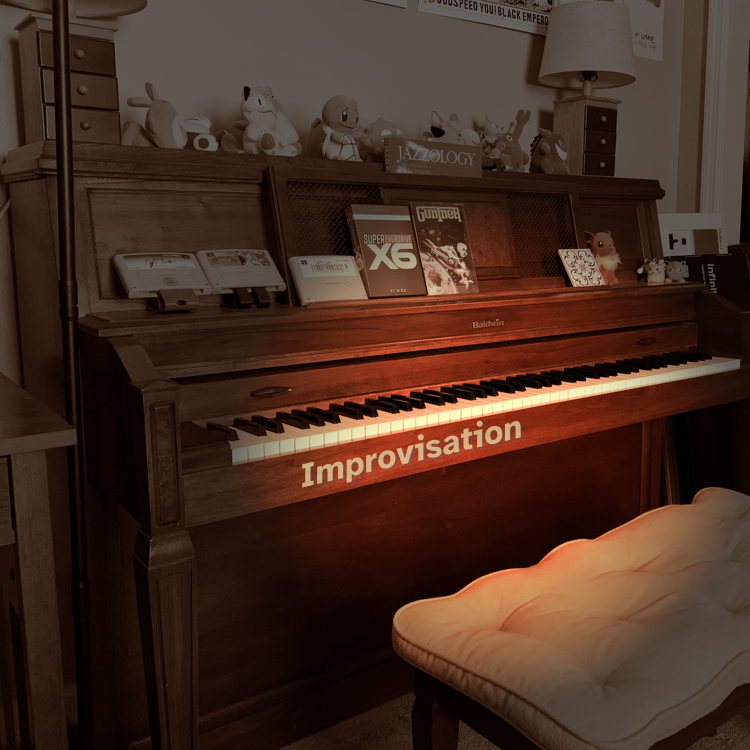A digital audio workstation (DAW) is an electronic device or program used for recording, editing and producing audio files, most commonly music. Most DAWs use a piano roll set up, support VSTs and/or Audio Units, and have sampling options built in. Below are a list of free (as well as priced) DAWs.
List of well known DAWs
Free:
- Audacity: Very rudimentary DAW typically used for audio editing.
- Cakewalk: Internet-integrated DAW requiring an account to use.
- Garageband: Stripped down version of Logic Pro for Apple Mac users. Made for personal use.
- LMMS: Free DAW compatible with Linux, Mac and Windows. Comes with a 32bit VST bridge and 16 built-in synthesizer plugins.
- Sunvox: Free Tracker-esque modular DAW, where you link nodes together like on a modular/eurorack synth. Compatible with Linux, Mac, Windows and Android.
- MuseScore: Free DAW, where you may compose through MIDI in score view. Quite limited in sound design. Compatible with Windows, Mac, and Linux systems.
Paid:
- Ableton Live: Ableton's extensive, highly compatible, and powerful flagship program. It doesn't support 32 bit VSTs, however.
- Cubase: Steinberg's DAW. Advertised as the 'reference standard' for DAWs.
- FL Studio: The mainstream DAW. A good majority of musicians use or recommend this.
- Logic Pro: Garageband's buffer brother. Has the full feature set and is meant for more professional use.
- Reaper: One of, if not the cheapest fully featured DAW on this entire list. Updates frequently and has great options for sampling live instrumentals.
- Reason: Modular synth-inspired DAW slightly similar to Sunvox, with instruments and samplers being represented as modules to be put on the virtual rack before being linked to an audio output source.
- Renoise: Tracker inspired DAW, using a tracker grid setup to insert notes rather than using the piano roll setup many others do today.
See also


